History of rice breeding
This is English site
Rice varieties have been improved to adapt to the cold climate of the Tohoku region. The variety that attracted special attention was Kamenoo, which is resistant to cold and has high yields. However, Kamenoo was vulnerable to diseases and fell over frequently. Therefore, Kamenoo was hybridized with Aikoku – another variety of rice that is resistant to diseases – to create Riku-u No.132. On the basis of Riku-u No.132, new varieties such as Sasanishiki and Akita-Komachi have been bred each generation.
- 1882(meiji15)
- Aikoku
- 1893(meiji26)
- Kamenoo
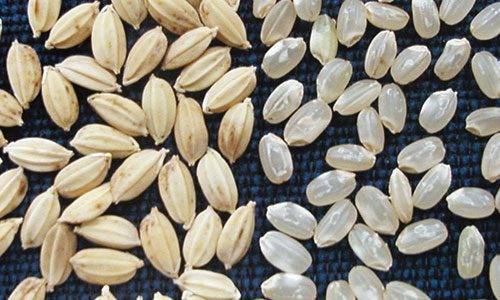
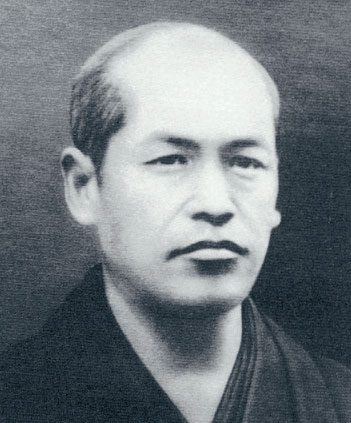 Kameji Abe, creator of Kamenoo
Kameji Abe, creator of Kamenoo
〔Courtesy of Amarume Town Archives, Yamagata Prefecture〕 - 1903(meiji36)
- 1921(taisho13)
- 1956(shouwa31)
- Koshihikari
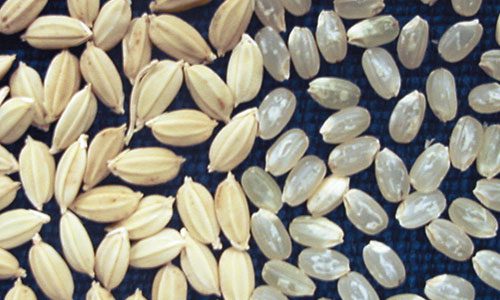
- 1963(shouwa38)
- Sasanishiki
- 1969(shouwa44)
- Toyonishiki
- 1984(shouwa59)
- Akitakomachi
Toyokuni
Riku-u No.132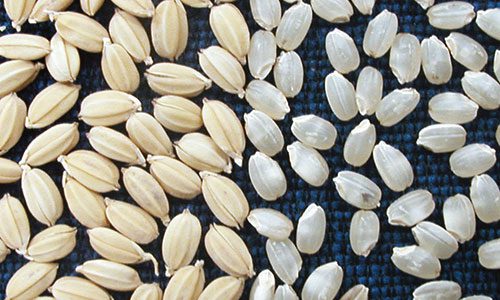
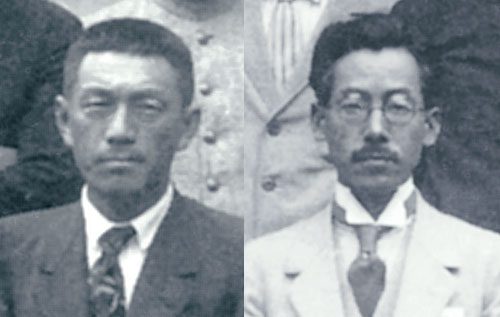
Tominosuke Nibe (left) and Hiroshi Terao (right), fathers of Riku-u No.132
〔Courtesy of Tohoku Agricultural Research Center, National Agriculture and Food Research Organization〕
